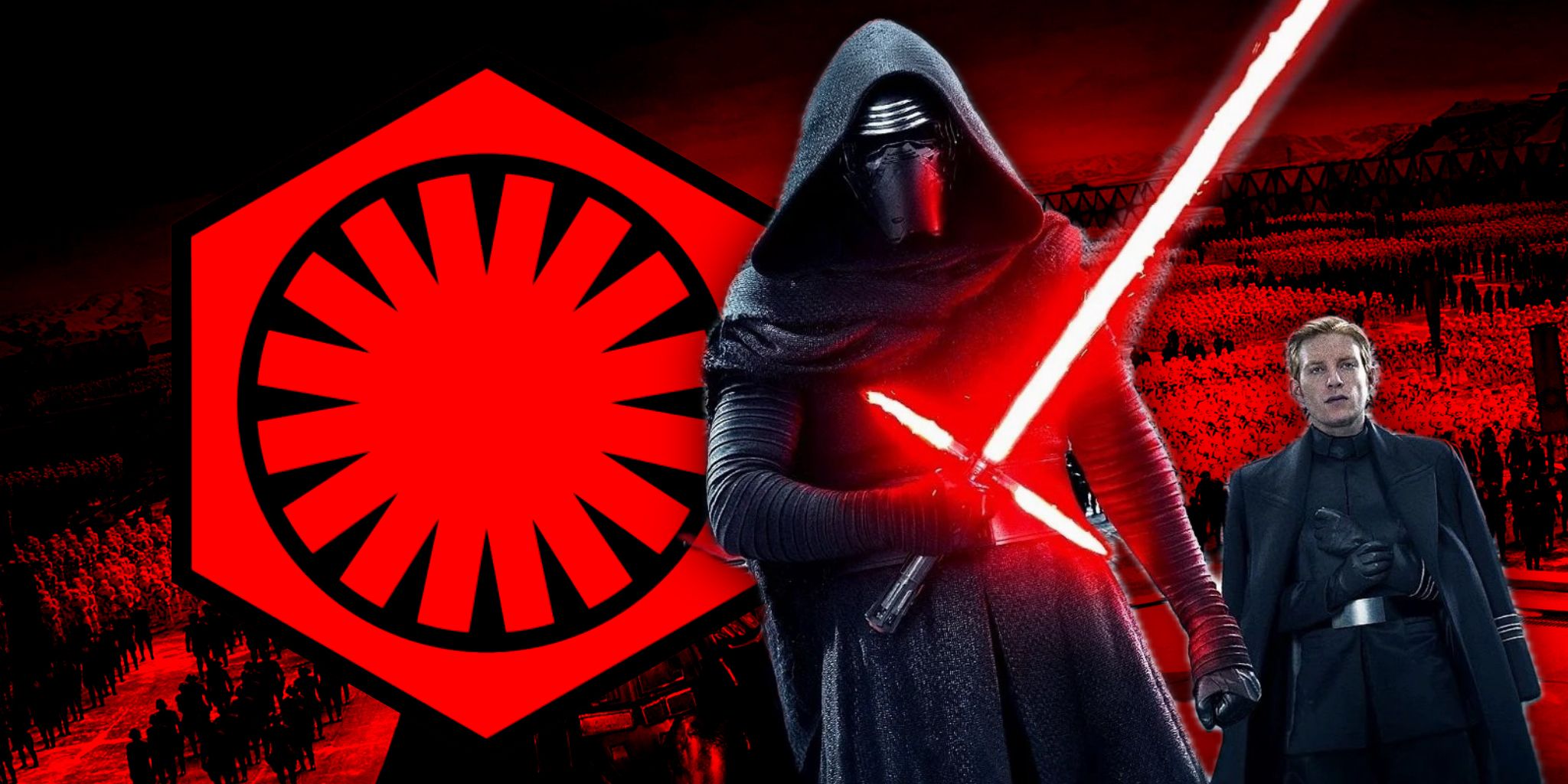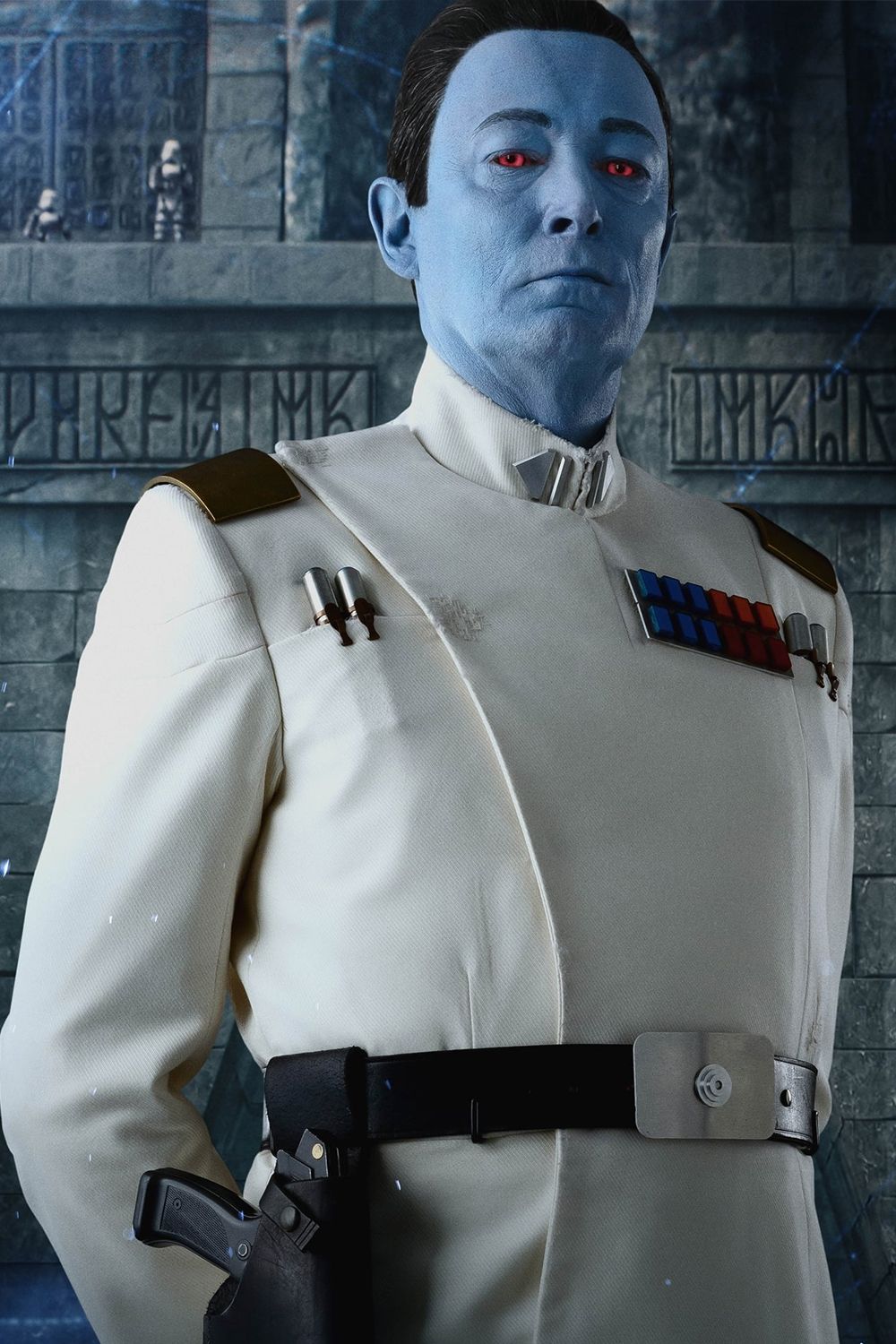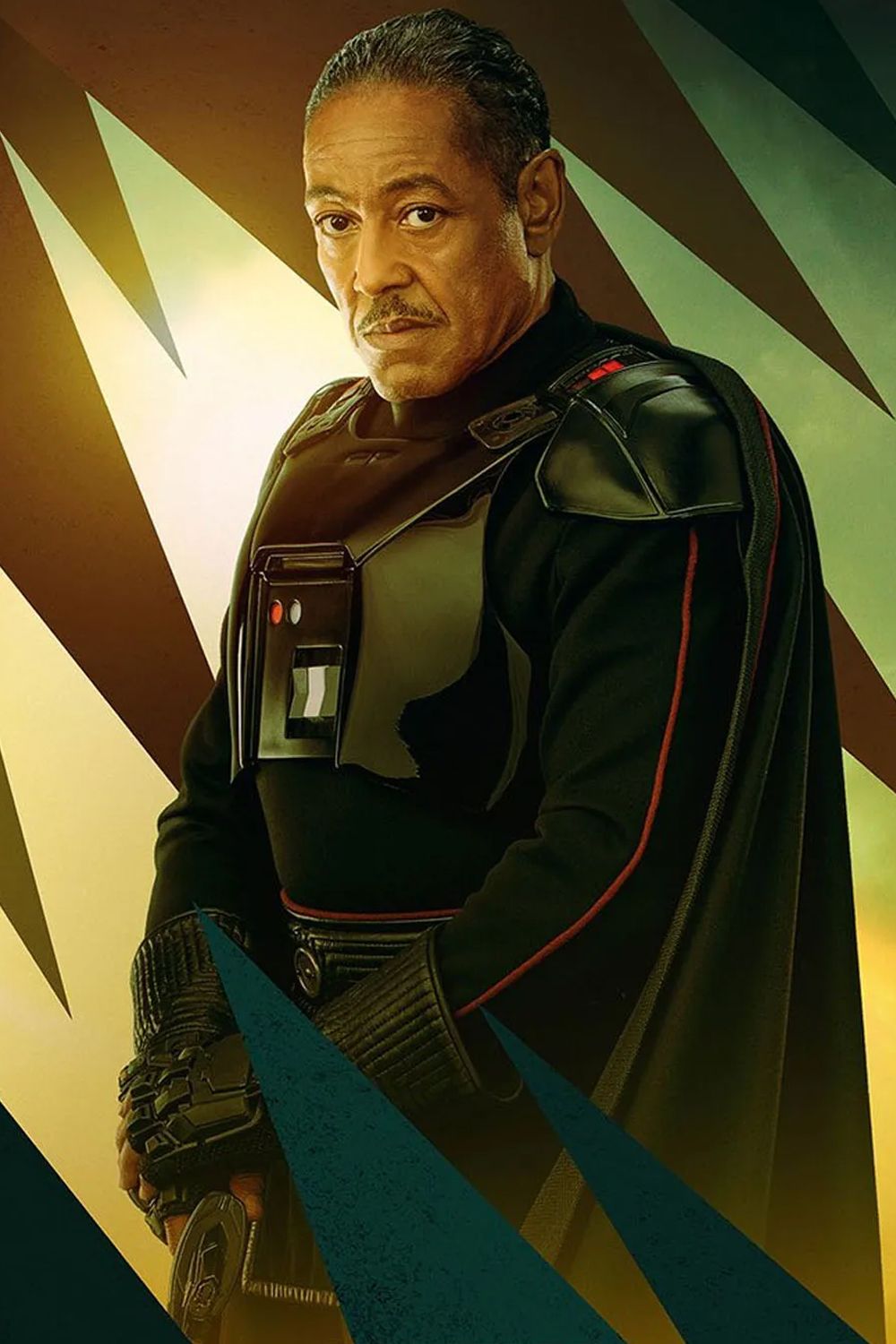Summary
- The Imperial Remnant connects the original and sequel trilogies and plays a vital role in Star Wars lore.
- Formed after Empire’s fall, the Imperial Remnant hid to pave the way for Palpatine’s return and the rise of the First Order.
- Leaders like Gallius Rax, Rae Sloane, and Grand Admiral Thrawn shaped the Imperial Remnant and should alter the future of Star Wars entirely.
The Imperial Remnant has played an increasingly important role in Star Wars, and it was intrinsically tied to several important parts of the franchise. The Imperial Remnant is quickly becoming one of the most important groups in Star Wars through its appearances in shows like The Mandalorian and Ahsoka. It has become an integral part of several areas of the Star Wars timeline, from the early days of the New Republic to the rise of the First Order. It will only become more important with upcoming Star Wars shows and movies, and its history is worth learning.
The Imperial Remnant provided a concrete connection between the original and sequel trilogies of Star Wars movies. It also provided the “Mandoverse” and the New Republic era with a central villain, and a very powerful one at that. The Remnant hid in the shadows for decades, quietly pulling the galaxy’s strings and paving the way for the eventual resurrection of Emperor Palpatine in Star Wars: The Rise of Skywalker. The story of how the Remnant accomplished that has only begun to be told, but it is already a fascinating tale.
Related
Star Wars: Every Major Event Between Return of the Jedi & Force Awakens
The galaxy changed a lot between Return of the Jedi and Star Wars: The Force Awakens – here are all the major events between the trilogies.
The Imperial Remnant Rose When The Empire Fell
As its name suggests, the Imperial Remnant was a continuation of the Galactic Empire that was made up of former Imperial personnel. As such, the Remnant began when the Empire fell, but its history began a bit earlier than that. After Palpatine’s death at the Battle of Endor in Return of the Jedi, his advisor Gallius Rax began laying the groundwork for the Imperial Remnant to rise. Palpatine had created a contingency plan that he ordered Rax to enact in the event of his death, which Rax followed to the letter.

Related
The Galactic Empire Timeline Explained: The Dark Times, The Rebellion, & The Galactic Civil War
The Empire was the backdrop for much of the world-building in the original Star Wars trilogy, but what did the regime’s reign really look like?
The most important part of Palpatine’s contingency plan was his ideas for how to prepare the galaxy for his eventual return. Rax began testing and hand-selecting only the “strongest” members of the Empire, thinking it would make the Remnant stronger. Rax even made moves to ensure the Empire would be destroyed more quickly so that he could begin shaping the Remnant into what Palpatine envisioned. The Empire would eventually fully collapse a full year after Palpatine’s death, at the Battle of Jakku in 5 ABY (After the Battle of Yavin).
Gallius Rax and Palpatine’s contingency plans were detailed in Chuck Wendig’s ”
Aftermath
” trilogy of novels.
After the Battle of Jakku, the Empire was effectively gone, and the Imperial Remnant truly began. Gallius Rax died at Jakku, but he impressed upon Rae Sloane the importance of Palpatine’s contingency plan, and she saw it through. Now under Sloane’s leadership, the Remnant retreated and regrouped in the Unknown Regions of the Star Wars galaxy map. Some of those Imperial forces would scatter across the galaxy after the Battle of Jakku, but the bulk of the Remnant would remain in the Unknown Regions, hiding and building strength until they were ready to strike.
The Remnant Leads To The Creation Of The First Order
While hiding in the Unknown Regions, the Imperial Remnant began consolidating power and working towards a shared goal: the restoration of the Empire. The members of the Remnant, particularly its leaders, often differed on how best to go about that goal. Brendol Hux pursued Project Necromancer, the plan to create a Force-sensitive clone capable of holding Palpatine’s life essence and granting him immortality. Captain Pellaeon awaited the return of Grand Admiral Thrawn from the extragalactic planet Peridea. Moff Gideon wanted to attack the Mandalorians and the New Republic immediately and eliminate potential threats to the Remnant’s eventual return.

Related
The First Order Timeline Explained: The Resistance & The Return Of Palpatine
The sequel Star Wars trilogy only lasted two years, but the era of the First Order and the Resistance who rose to meet it had a much longer timeline.
Ultimately, however, the Imperial Remnant would remain mostly hidden until 28 ABY, over 20 years after the Battle of Jakku. At some point before then, the Remnant transitioned into the First Order, the main antagonists of the sequel trilogy. In 28 ABY, the newly minted First Order began its introduction to the galaxy through the Napkin bombing incident. By that time, the First Order had infiltrated the New Republic’s more centrist Senators and began its gradual rise to power, and the legacy of the Galactic Empire had reached its final stages. Dr. Chris Kempshall’s “The Rise and Fall of the Galactic Empire” states succinctly:
“…we must understand that the First Order was founded and influenced by the mindset and ideals that had permeated the Galactic Empire.”
Timeline of the Imperial Remnant | |
|---|---|
Event | Year |
Gallius Rax begins Palpatine’s contingency plan. | 4 ABY |
The Galactic Empire is dissolved at the Battle of Jakku and Rae Sloane takes over the contingency plan. | 5 ABY |
Moff Gideon begins his cloning experiments and war against the Mandalorians. | c. 9 – 12 ABY |
Grand Admiral Thrawn returns to the Star Wars galaxy from Peridea. | c. 9 – 12 ABY |
The Imperial Remnant transitions into the First Order. | c. 12 – 28 ABY |
There Were Several Notable Leaders Of The Remnant
The Imperial Remnant was in a very precarious position for most of its existence. It needed to stay undetected for years following the Battle of Jakku to avoid alerting the New Republic to its true strength. At the same time, however, it also needed to go out into the galaxy to get resources, new personnel, and begin other aspects of its preparations. Because it was such a delicate situation, the Remnant needed a strong central leadership. That came in the form of the Imperial Shadow Council, a group of former Imperial officers Rax had deemed to be sufficiently loyal and strong.
Notable Leaders of the Imperial Remnant | |
|---|---|
Name | Role |
Gallius Rax | Founding member, carried out the first stages of Emperor Palpatine’s contingency plan. |
Rae Sloane | Inherited the contingency plan from Rax, first Grand Admiral of the First Order. |
Brendol Hux | Leader of Project Necromancer, father of Armitage Hux. |
Grand Admiral Thrawn | Former Grand Admiral of the Empire, military leader of the Remnant. |
Gilad Pellaeon | Leader of a Remnant cell, right hand to Thrawn. |
Moff Gideon | Former Imperial Moff, betrayed the Shadow Council to pursue his own ends. |
Enric Pryde | Imperial captain, eventual right hand of Supreme Leader Snoke and the resurrected Emperor Palpatine. |
The full scope of the Imperial Shadow Council and the Remnant’s leadership isn’t yet clear, but The Mandalorian did give a brief insight into how they worked. Moff Gideon implied that each member was responsible for their own appointed sectors of the galaxy. That separation helped them stay hidden: if any cells were found, they were thought to be solitary holdouts and not a cause for concern. For particularly important goals or problems, such as Project Necromancer or Gideon’s fight against the Mandalorians, the other members of the Council would contribute resources and support.
While the history of the Imperial Remnant is rather detailed, there’s still a rather large hole that should prove to be incredibly important to the future of Star Wars. Thrawn, for example, only recently made his return at the end of Ahsoka season 1, and his plans for the galaxy will almost certainly create an entire new chapter of the Remnant’s history. There’s also quite a bit of room for future Star Wars stories to explore the First Order’s rise to power and infiltration of the New Republic. The Imperial Remnant should continue to be a crucial part of Star Wars lore for years to come.




